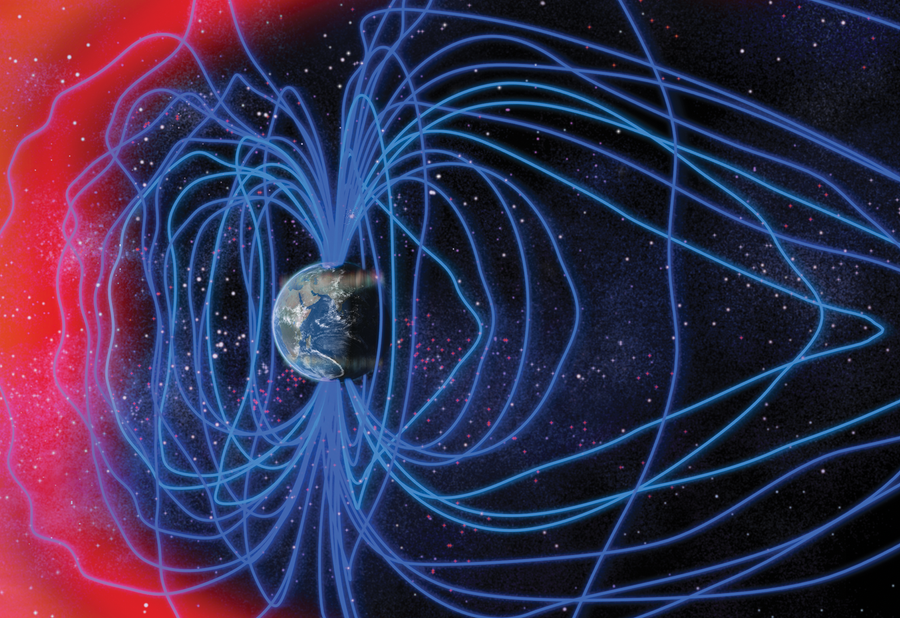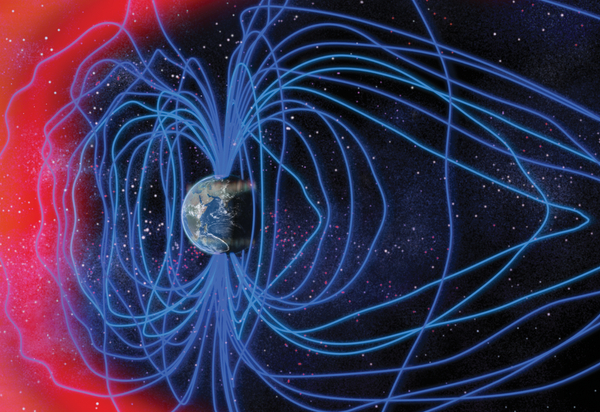This article was published in Scientific American’s former blog network and reflects the views of the author, not necessarily those of Scientific American

Credit: Pat Rawlings SAIC
Last month, President Obama signed an executive order to better prepare the nation for the potentially disastrous effects of of solar flares, solar energetic particles, and geomagnetic disturbances. Per the document:
“Extreme space weather events—those that could significantly degrade critical infrastructure—could disable large portions of the electrical power grid, resulting in cascading failures that would affect key services such as water supply, healthcare, and transportation. Space weather has the potential to simultaneously affect and disrupt health and safety across entire continents. Successfully preparing for space weather events is an all-of-nation endeavor that requires partnerships across governments, emergency managers, academia, the media, the insurance industry, non-profits, and the private sector.”
On supporting science journalism
If you're enjoying this article, consider supporting our award-winning journalism by subscribing. By purchasing a subscription you are helping to ensure the future of impactful stories about the discoveries and ideas shaping our world today.
How do these electromagnetic storms reach Earth? Here are the basics, as set forth in a graphic from “Bracing the Satellite Infrastructure for a Solar Superstorm,” by Sten Odenwald and James Green in the August 2008 issue of Scientific American.

Credit: Melissa Thomas
Want to dive in further? Check your local planetarium for screenings of the full-dome video Solar Superstorms. For more on forecasting space weather, and recent glitches experienced by the primary tool for tracking it—see “U.S. Sharpens Surveillance of Crippling Solar Storms” and “Cosmic Rays May Threaten Space-Weather Satellite.”
